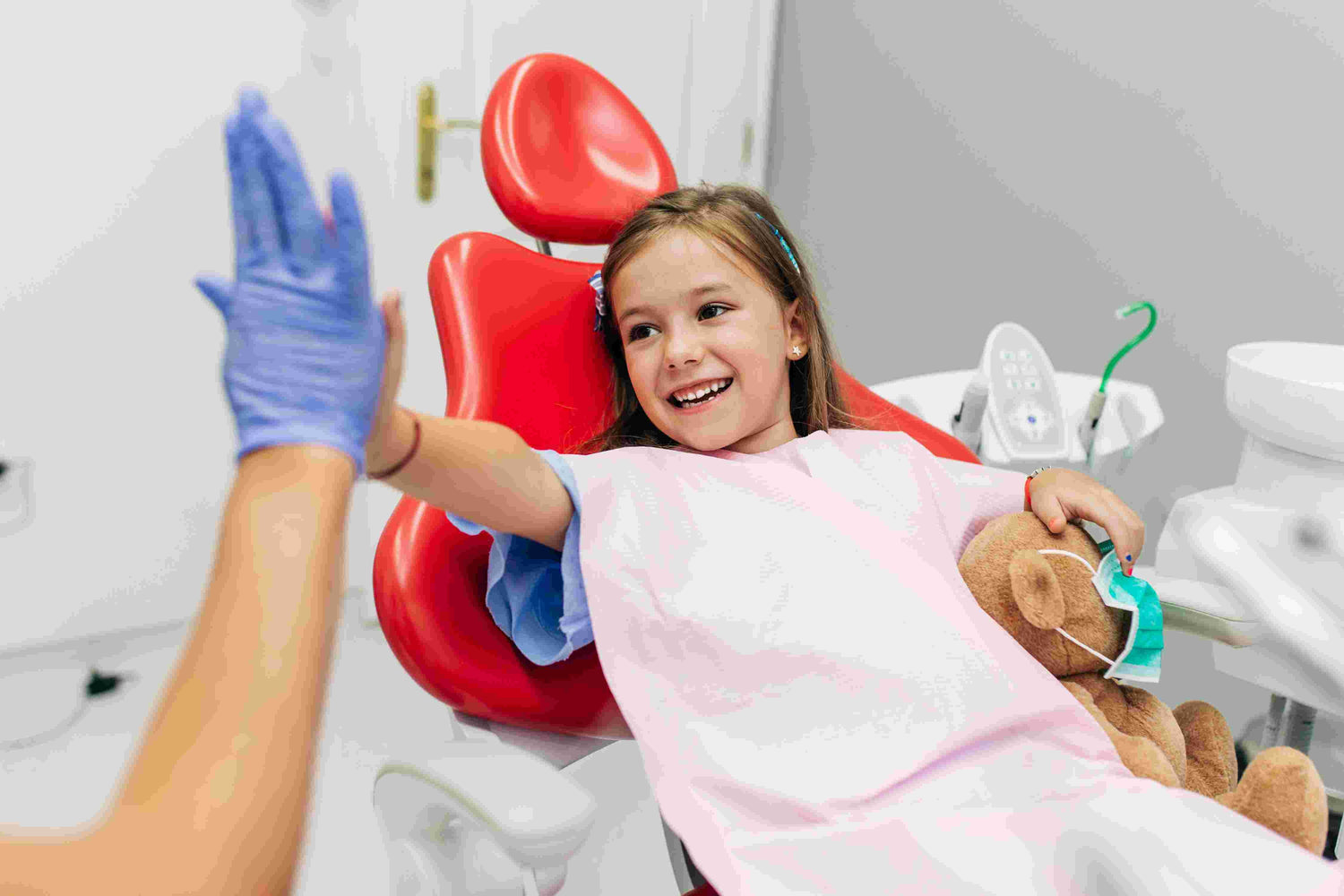New figures from NHS England reveal that over 30,000 children and young people underwent hospital tooth extractions due to decay in the last year, The Oral Health Foundation reports.
This marks a small 2% decline in decay-related extractions, however, tooth decay remains the leading cause of hospital admissions for five to nine-year-olds, with most deprived communities experiencing rates nearly 3.5 times higher than the most affluent areas. The financial burden is also growing, with hospital-based tooth extractions now costing the NHS nearly £75 million a year.
The Oral Health Foundation calls on the government to take urgent action to bring these numbers down further by prioritising preventive measures, including supervised toothbrushing in schools and expanding water fluoridation programmes.
"It is encouraging to see the number of tooth extractions in children due to decay continuing to decline, but let’s be clear - 30,000 episodes of rotten teeth being removed from young people is still far too high. Tooth decay remains the leading cause of hospital admissions among five to nine-year-olds, and it is entirely preventable. The impact on children’s health, wellbeing, and education is enormous,” Dr Nigel Carter OBE, Chief Executive of the Oral Health Foundation, said.
"The government must act with urgency. We need stronger commitments to preventive measures, including supervised toothbrushing in schools and expanded water fluoridation programmes. Every day we delay, more children suffer unnecessary pain, miss school, and require hospital treatment. We have the solutions - now we must deliver them."
The main cause of tooth decay in children is the presence of harmful bacteria in the mouth that feed on sugars and produce acids, which erode the enamel. The key contributing factors include sugary foods and drinks (especially sticky sweets, juice, and soda) fuel bacteria that produce acid as well as poor oral hygiene. Inadequate brushing and flossing allow plaque to build up, increasing the risk of cavities.
Lumoral Junior helps children prevent and manage tooth decay by using antibacterial light-activated therapy, a drug-free and non-invasive method to reduce harmful bacteria in the mouth. Here's how it works:
Lumoral Junior’s light-activated antibacterial method eliminates harmful bacteria, such as Streptococcus mutans, which play a key role in cavity formation. This process helps reduce the bacterial load and prevents plaque buildup, which leads to tooth decay.
The Lumoral method enhances oral hygiene: While brushing and flossing are essential, many children struggle to clean their teeth effectively. Lumoral Junior enhances regular oral hygiene by reaching areas that brushing may miss, improving overall oral cleanliness and health.

Figure 1. Percentage tooth decay extractions vs Percentage non-decay tooth extractions
|
Year |
Percentage tooth decay extractions |
Percentage non-decay tooth extractions |
|
2015 |
66.8 |
33.2 |
|
2016 |
65.1 |
34.9 |
|
2017 |
64.2 |
35.8 |
|
2018 |
64.7 |
35.3 |
|
2019 |
63.4 |
36.6 |
|
2020 |
63.8 |
36.2 |
|
2021 |
64.9 |
35.1 |
|
2022 |
63.4 |
36.6 |
|
2023 |
65.5 |
34.5 |
|
2024 |
62.3 |
37.7 |



Leave a comment
This site is protected by hCaptcha and the hCaptcha Privacy Policy and Terms of Service apply.